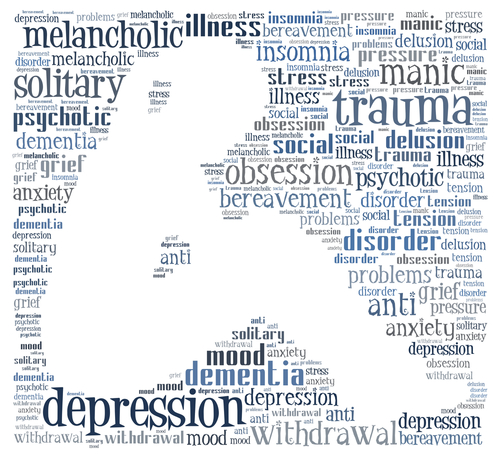Challenges of trauma

Amanda Knipp – MEd., LPCC-S
Clinical Director, Woodland Centers Inc. (Gallia)
“Trauma challenges an individual’s view of the world as a just, safe, and predictable place (APA).” Often, individuals who experience a traumatic event no longer view their life and the world around them in the same context. Life is now grounded in one’s traumatic experience and the perception of that experience. Safety and security is often compromised, trust is violated, and what once was predictable is now unpredictable. Unresolved trauma can result in long term suffering and the need to educate and reach out to others is critical.
Trauma spares no one. Children, teenagers, adults and older adults are all at risk for the potential to experience trauma. Unfortunately, many will experience multiple traumatic events across their lifetime. 70% (223.4 million people) of adults have experienced one traumatic event in their lifetime and a fifth of these individuals will develop a diagnosis of Post-Traumatic Stress Disorder (PTSDUNITED.ORG). Traumatic events can include natural disasters, physical abuse, sexual abuse, witnessing violence, witnessing death, and experiencing loss. However, events can include divorce, bullying, neglect etc. Trauma isn’t defined by an event but by one’s perception of the event. Therefore, understanding trauma and assisting one to seek help is the most effective way to reduce the long term effects of traumatic events.
Additionally, people with PTSD may seek treatment and therapies that can help lessen the trauma and minimize the symptoms they are experiencing. An sgb treatment, for example, might prove to be helpful in providing some relaxation to people suffering from traumatic stress.
The onset of symptoms that are associated with trauma can occur immediately or within weeks to months after the event. In some cases, although rare, some individuals may not experience symptoms until much later in their life and is considered a delayed onset. Symptoms often associated with trauma can include:
1. Re-experiencing or reliving the event. This can include nightmares, feeling as though the event is still occurring, or having frequent memories of the event.
2. Avoiding any place, event, or person that reminds one of the event. This also includes avoiding any thoughts or conversations about the event.
3. Experiencing states of hyperarousal in that one is consistently feeling on edge and unsafe in certain places and situations. One may feel “on edge”, guarded, irritable, jumpy, trouble with concentrating and have difficult times falling asleep.
4. Increase of negative thoughts or beliefs. This can include the ability to trust others, difficulties in experiencing love and happiness, loss of interest in pleasurable activities, inability to recall memories of the event, and difficult time.
One may experience all or a few of the identified symptoms and can be mild, moderate or severe. Often, the symptoms will interfere in the daily functioning of one’s life to some degree. Acute stress disorder (ASD) and Post-Traumatic Stress Disorder (PTSD) may be diagnosed when the symptoms are more severe and interfere significantly with one’s life. However, this depends on the onset, the experience, and severity of symptoms.
Many individuals who experience symptoms of trauma will not meet the criteria for PTSD and the symptoms often lessen overtime. However, others will have a more difficult time working through and processing the event. Seeking help and seeking treatment is “okay”, regardless of the symptoms being mild or severe. Trauma is real and one should not face it alone. Treatment allows individuals the ability to recreate their narrative, to develop effective coping skills, and to heal. Please do not face trauma alone. Our communities have agencies and resources to – Please call 740-446-5500 for help. “The purpose of life is to live it, to taste experience to the utmost, to reach out eagerly and without fear for newer and richer experiences.” Eleanor Roosevelt.
Amanda Knipp-MEd., LPCC-S










